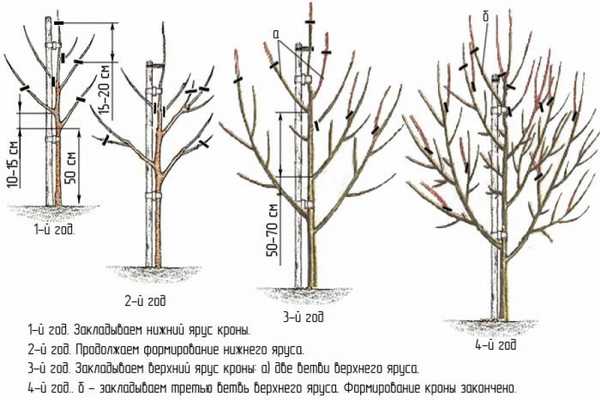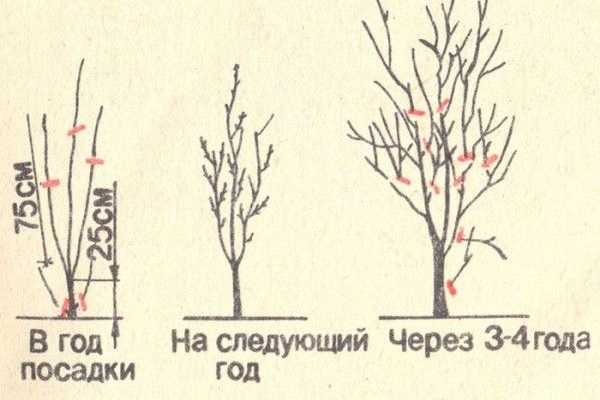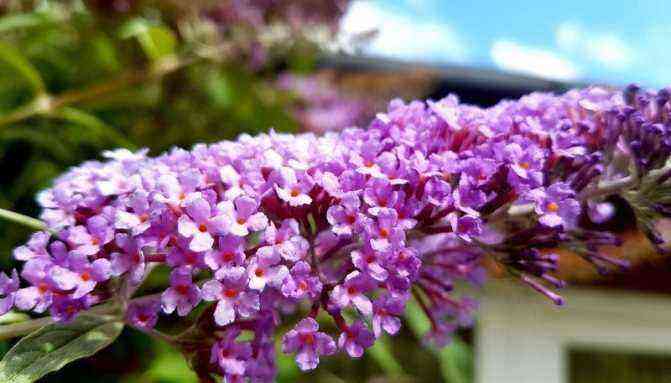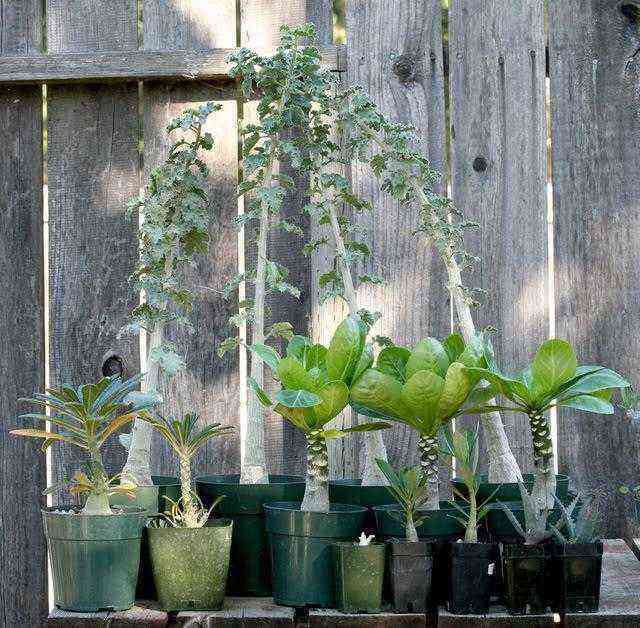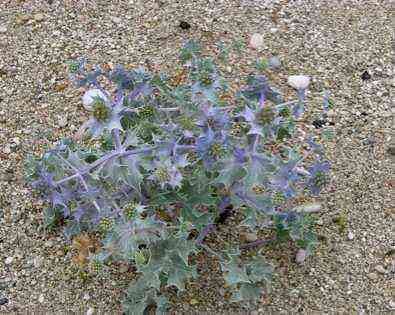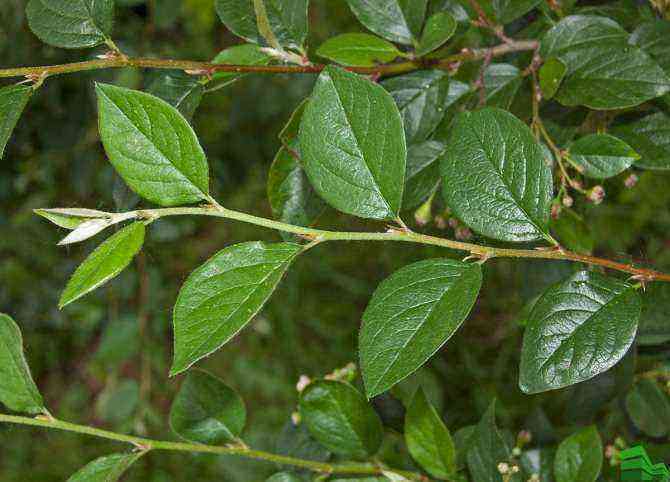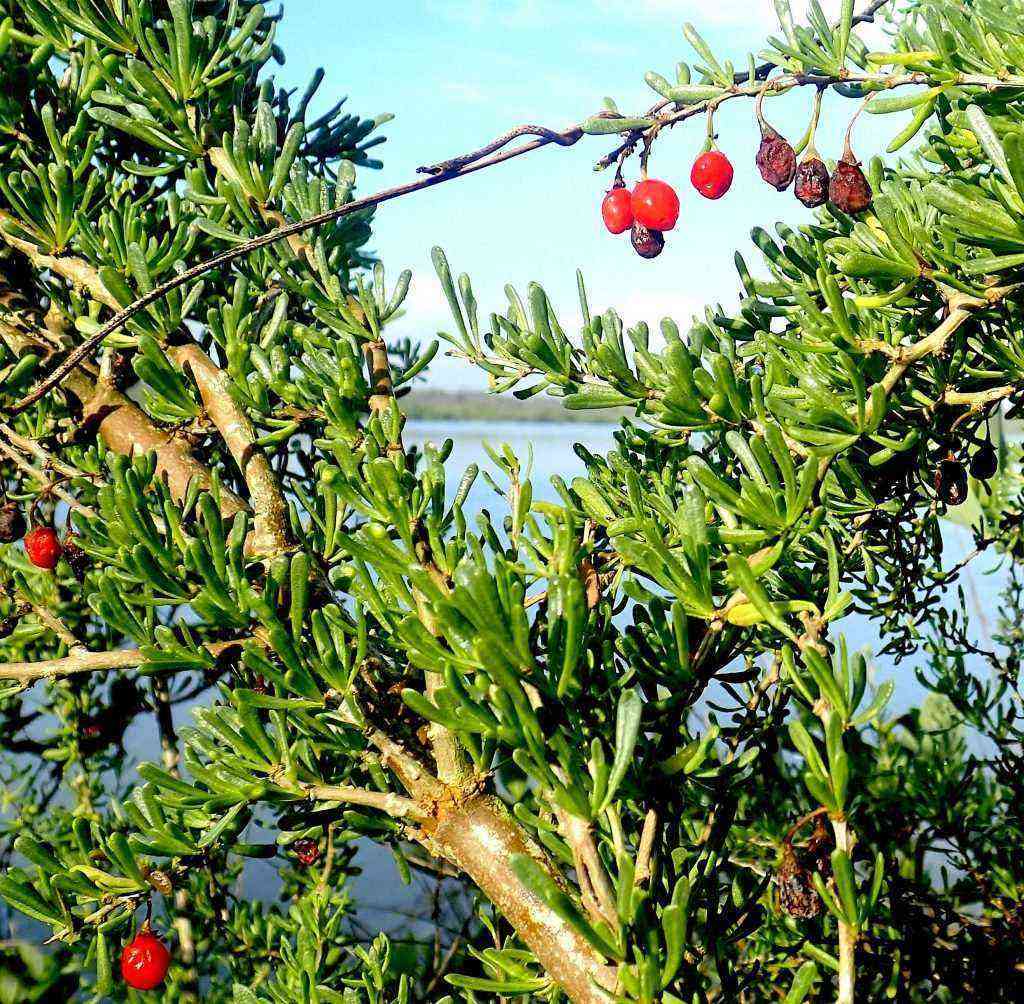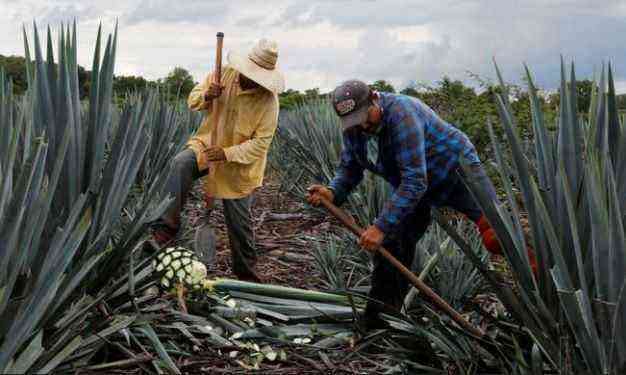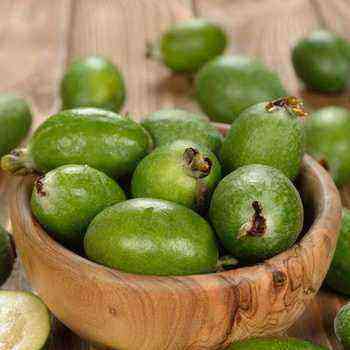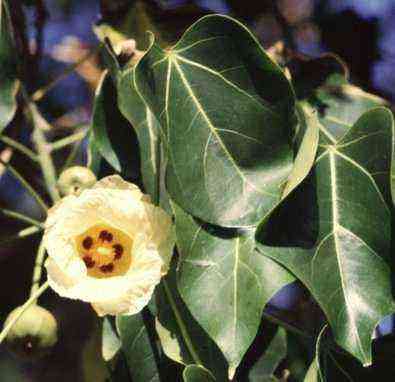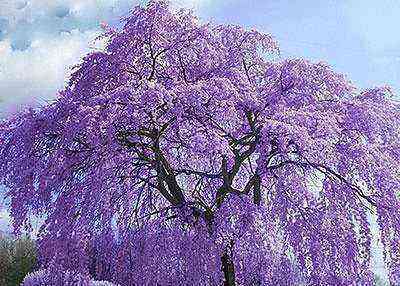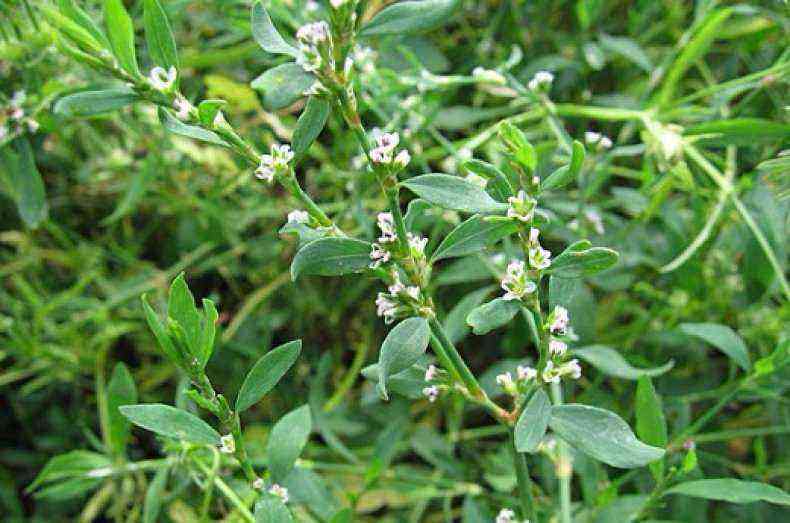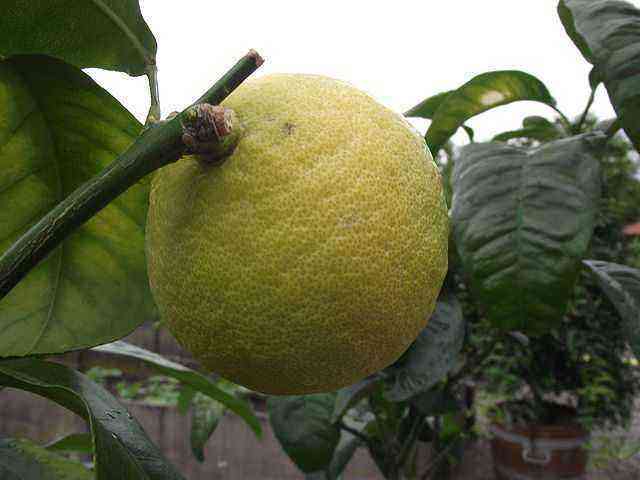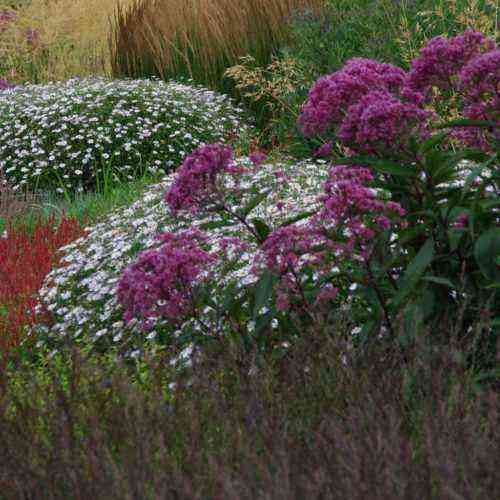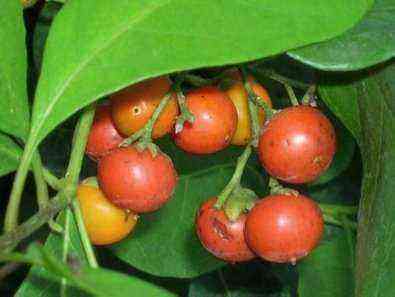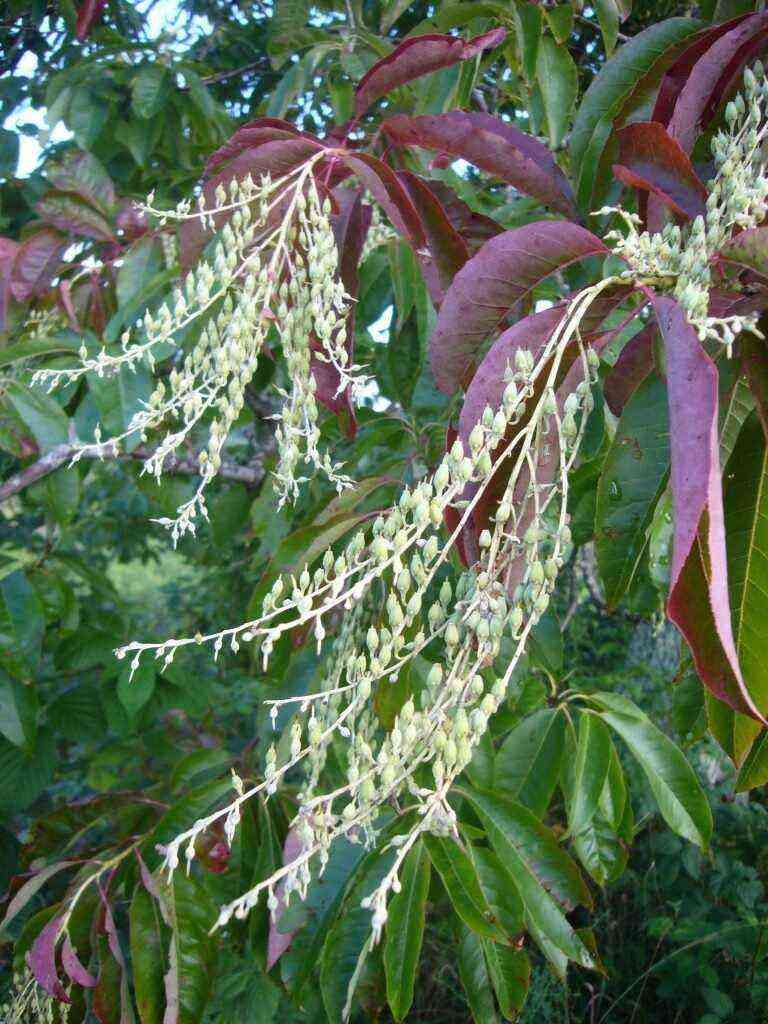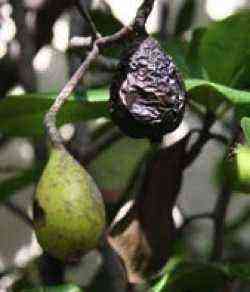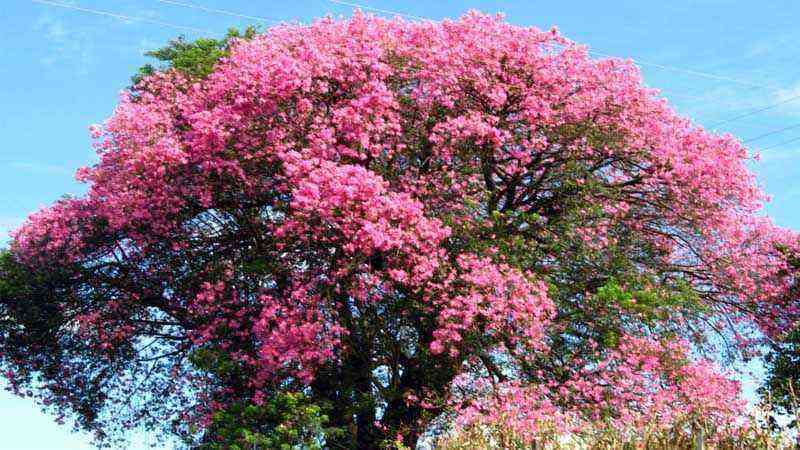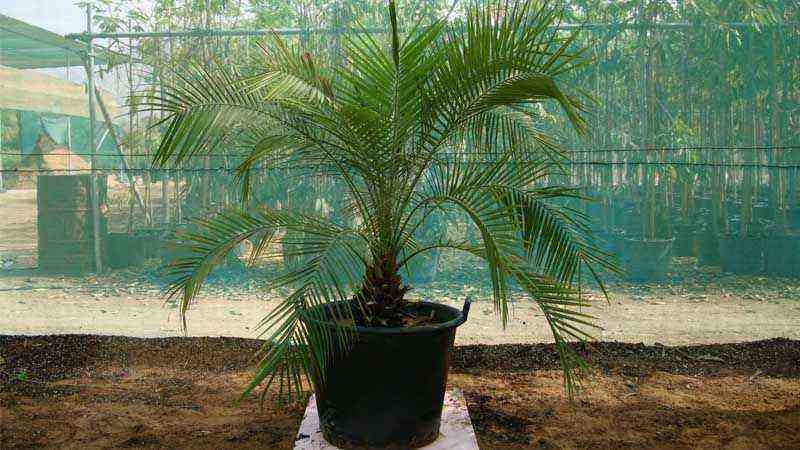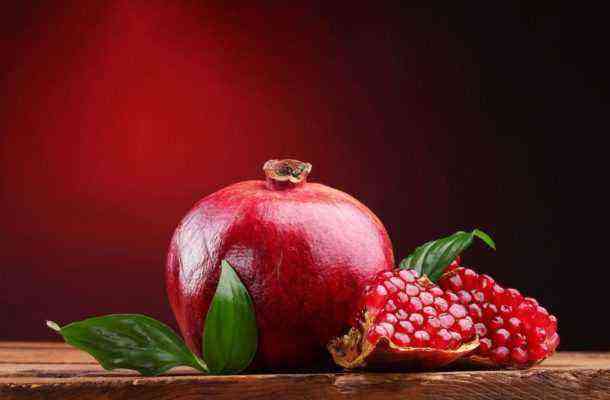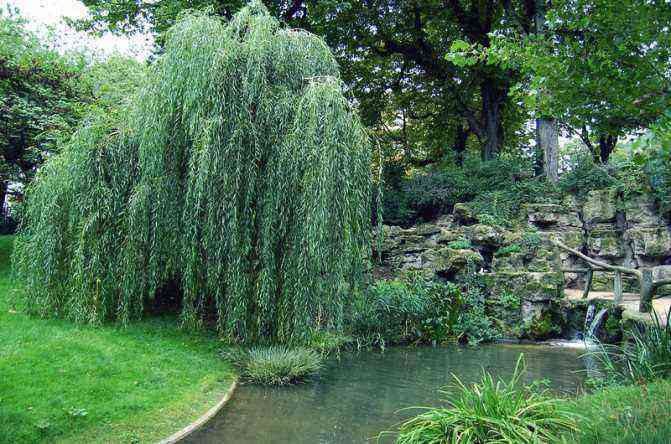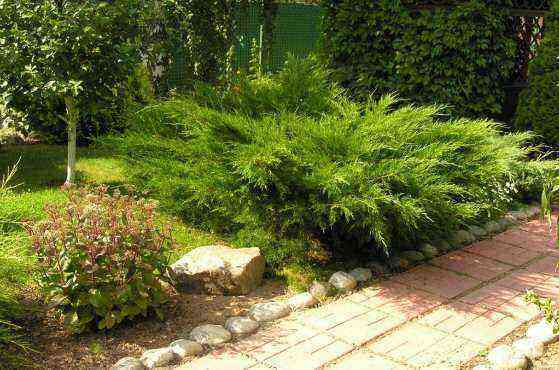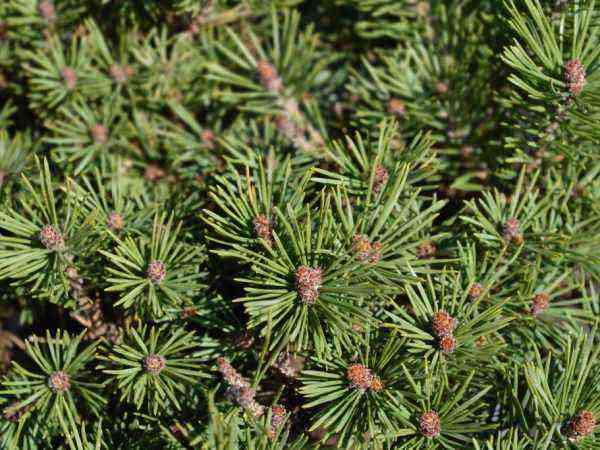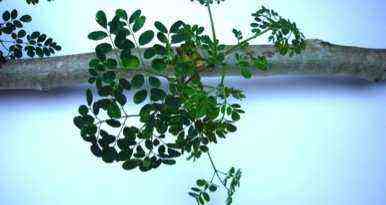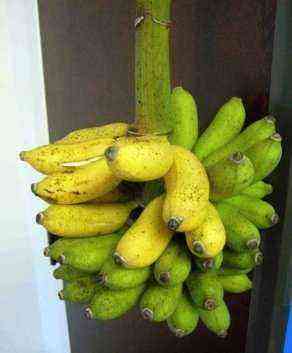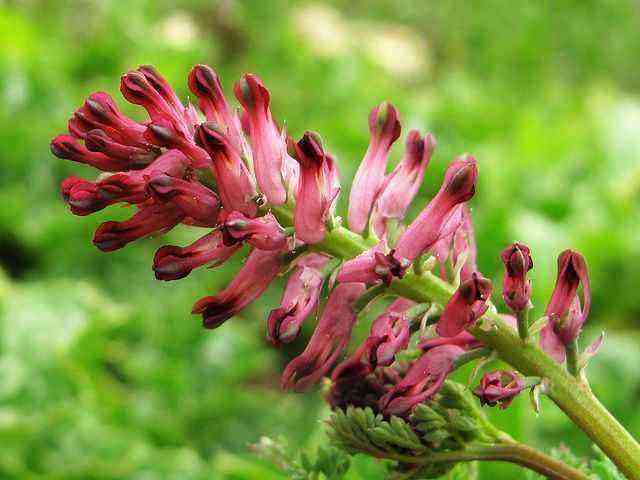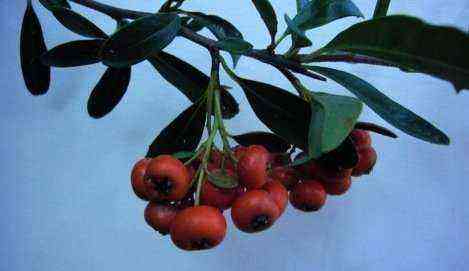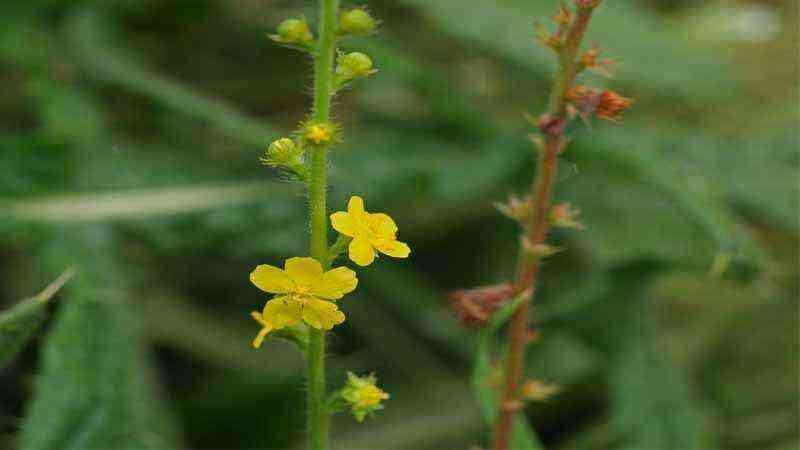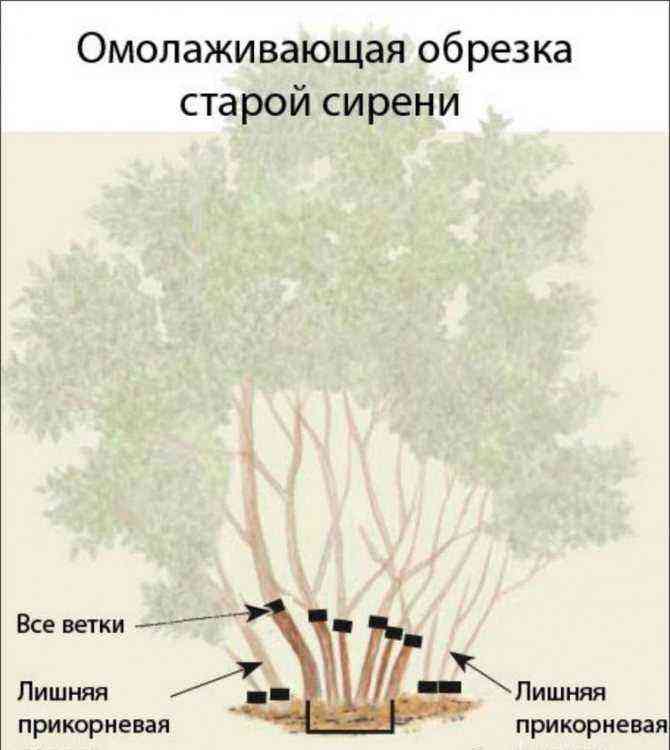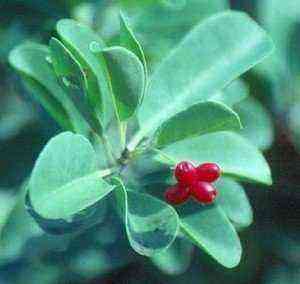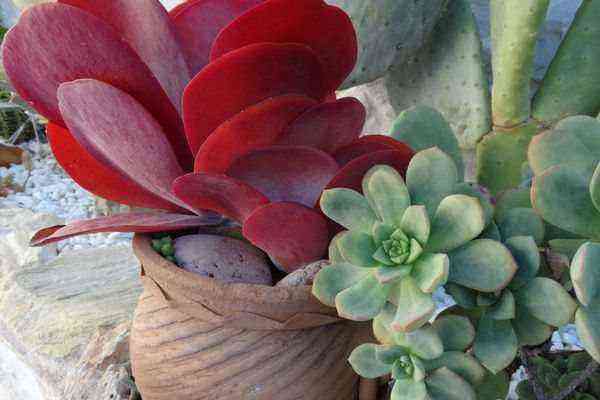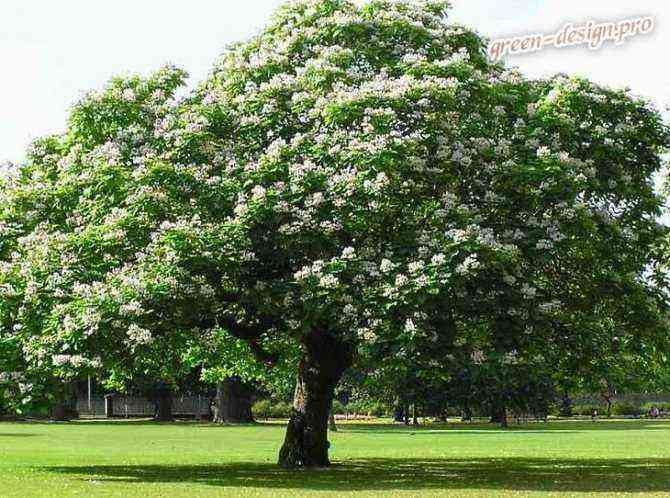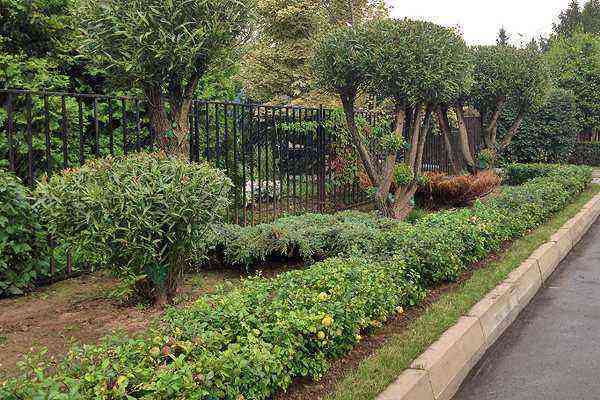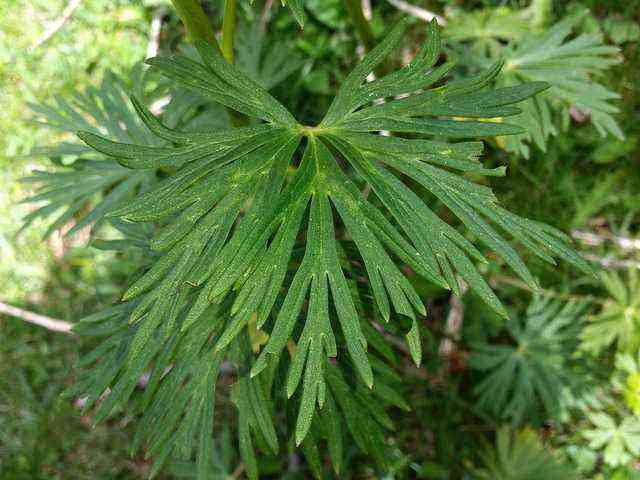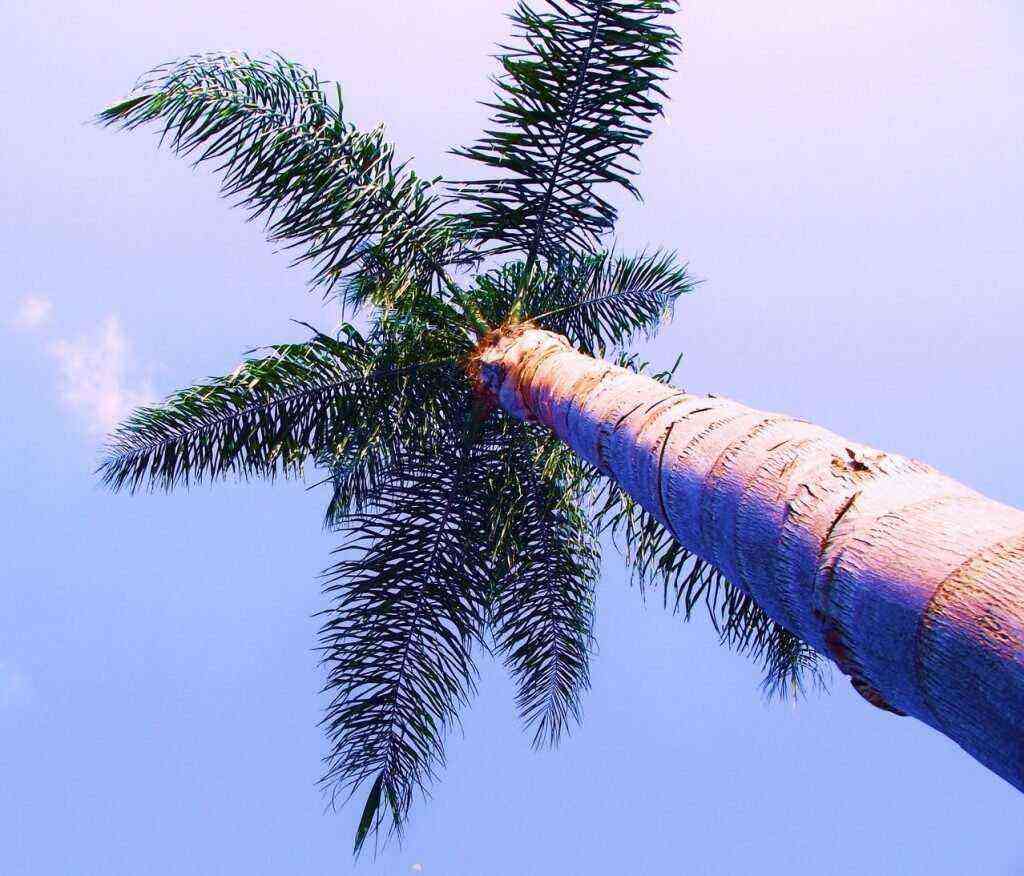
Trimming Prunes
In the first years after planting, the shoots of the plum grow up to 1,5-2 m. Moreover, they grow unevenly. They can also overtake the central conductor. As a result, the crown turns out to be shaggy, then like a broom, then like solid thickets of strong vertical branches. Where are the main branches, where is the conductor – you cannot make out. And if we take into account the early ripening of the plum buds and the associated ability of the shoots to branch, then one can imagine what kind of thickening is created. Add to this picture the presence in the crown of the plum of many sharp forks with an enduring threat of breaks and faults. Proceeding from this, during the formation of the crown, try to ensure the leading position of the central conductor (if, of course, it is provided for by the formation system); maintain equal growth and good fouling of the main branches; to prevent early thickening of the crown and the formation of sharp forks.
The best crown shape for plums is sparse-tiered. The height of the trunk is 30-40 cm. The distance between the branches in one tier is 10-15 cm. The distance between the tiers is about 70 cm. If the branches are single, they are laid every 30-40 cm. The total number of main branches in the crown is brought to 8-10. It is impossible to leave branches with an angle of departure less than 40 ° as the main ones.
Be sure to remove competitors. Although you can cut out the conductor, and leave the competitor, that is, make the transfer of the conductor to the competitor.
So that the crown does not come out of obedience, subordinate the main branches and subordinate to the guide. In order to have a sufficient number of overgrowing branches, in trees with an average awakening of buds, shorten annual branches by 1/4, with a weak one – by 1/3 and with a very weak one – by 1/2. Pruning is especially useful for plants that bear fruit primarily on spurs and bouquet twigs. This will improve their fouling and, accordingly, prevent exposure and development of the ankle.
If the plants tend to thicken, limit yourself to thinning. Do not use shortening. Plum responds well to branch bending. You can use this technique when you need, for example, to urgently replenish the crown with branches.
Suitable for plums and improved vase-like crown. Do not tighten only to remove the center conductor. For the second year, be sure to cut it out. And then make sure that none of the branches take the lead and become the new central conductor. Keep an eye on the tops too, so that the center does not overgrow.
How to properly prune a plum tree is shown in this diagram:
One should never forget about the early ripening of the buds of the plum during the entire life of the plants in the garden. But the main thing to remember is that the kidneys of the plum, like all stone fruits, are simple. From them, either flower-fruits, or short or long shoots are obtained. The buds are located in the leaf axils singly or in groups of 2-3. When placed in a group, one bud, as a rule, is a growth bud and one or two flower buds. While the shoots are strong, long, single flower buds are usually laid on the lower part of them, and single vegetative buds on the upper part. On the middle are group buds. After fruiting, where there were single flower buds, the branch is bare, where there were single vegetative ones, weak or strong shoots grow, and spurs and bouquet branches are formed at the place of group placement of the buds. With poor plant care and under unfavorable lighting conditions, spurs and bouquet twigs bear fruit weakly and soon die off. Here, too, the bare branches begin. And with weak growth, the lateral buds on the shoots turn out to be almost entirely single flower buds. Exposure of branches is progressing rapidly, yields are sharply reduced. And at the same time, strong spinning on plum trees is possible. Tops can also appear in mass after freezing or mechanical damage to trees.
It would be possible to cite here the accepted division of plum varieties into groups and indicate the preferred type of pruning for plants belonging to each of these groups. But this means that we must abandon everything and constantly remember about these groups. What for? Your very specific plants are always in front of you. Look at their condition and make your own decisions. And the guidelines for this are as follows. If the branches grow very long, and they are also bare from below, then it is necessary to shorten them more. If the crown is constantly thickening, leave the shortening of the branches, do more thinning. If the growth of the branches is moderate and the crown does not particularly thicken, respectively, you can do with light thinning, and only shorten the annual branches, the length of which is more than 50-60 cm.
Cut tops on a ring if they have no growth prospects and if they are not needed to replace diseased, old, frostbitten branches or with other defects in branches. You can bend it into a free space in the crown or form an overgrowing branch.
With a progressive weakening of growth, proceed to rejuvenate the branches. In this case, the trimming force should be inversely proportional to the growth force. It makes sense to thoroughly rejuvenate only those plants that do not have any special damage on the trunk, central conductor and on large branches. If you notice gum and poor healing of wounds, it means that somewhere they did not protect the plants from mechanical damage, poorly adhered to the cutting technique, poorly cared for wounds, and maybe even weakened the general care of the garden altogether.
If you decide to limit the growth of plum trees in height or lower the crown, act as if they were apple trees. Only the trim should be slightly weaker.
The abundance of root shoots in plums is common. Remove it as it appears. You can dig up and use as rootstocks, and if the trees are own-rooted, as planting material.
This video will help novice gardeners understand how to properly prune and shape the crown of a plum:
Cherry plum crown formation
Before, large-fruited cherry plum was cultivated only in the south. Her frost resistance was painfully weak. And spring frosts made themselves felt. But since the varieties of Chinese, Sino-American and other highly winter-resistant plums were included in the selection, excellent varieties of large-fruited cherry plums have been obtained. Now they can be cultivated in central Russia. Plants of many varieties of this cherry plum can withstand frosts down to -35 ° C. And they tolerate spring frosts in about the same way as plants of common plum varieties for the Middle Lane.
Cherry plum has a synonym – splayed plum. And those varieties that come from hybridization with ordinary, albeit Chinese, but still plums, predetermine their even closer biological relationship. Accordingly, there is a lot in common in the care of plums and cherry plums. This concerns general crown formation and pruning. The best shape of the crown is sparse-tiered with 5-7 main branches, it is formed, like that of a plum. But due to the fact that in the first 1-2 years the branches of many varieties of cherry plum grow very long – up to 1,5-2 m, it is necessary to shorten them. This is best done in the summer with green pruning. As soon as the branches reach a length of about 70-80 cm, immediately cut them off, leaving 40-50 cm.From the buds closest to the cut, in the same year, rather long premature branches will grow, and closer to the base – bouquet branches, spurs and weak overgrowing branches but longer than the spurs. In addition, flowering on premature branches is usually somewhat delayed, by 5-8 days. This may be enough to get away from the damaging spring frosts. It happens that due to circumstances you were not able to carry out summer pruning. We’ll have to complete it at the usual time, that is, in March. However, the reaction to the March pruning will be different. A whorl of strong shoots is formed at the cut site. We’ll have to delete it. It is impossible to leave this way because of the resulting thickening, and it is practically impossible to thin out the branches in the whorl. They are too close to one another. Pruning the entire whorl is associated with an increase in the growth of branches located at the cut. And after that, again strong pruning of these branches.
While the crown is forming, subordinate the branches and make sure that they are well covered with overgrown branches. To do this, you will have to cut weakly branching branches, and weakly branching ones – stronger.
How to cut the cherry plum for the correct formation of the crown, you can look at this diagram:
In the future, while the growth is strong, the main type of pruning is the removal of branches entirely. To create compact, but not thickened crowns in trees with drooping branches, pruning is done to transfer to branches oriented upward, and in pyramidal ones, on the contrary, to external branches.
Start rejuvenating the branches when the length of their annual growth is about 30 cm. The rejuvenation technique is the same as that of an apple tree.
This video demonstrates how to prune cherry plum and shape the crown of a tree:
